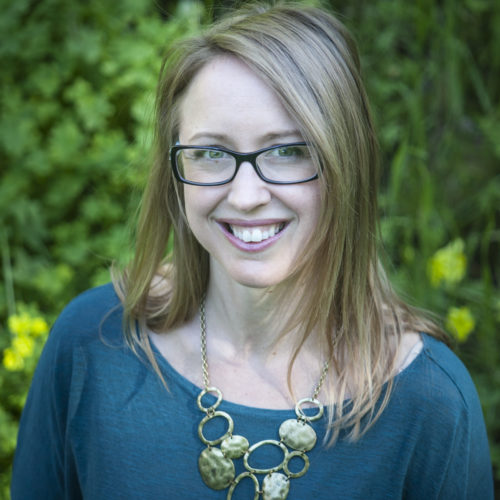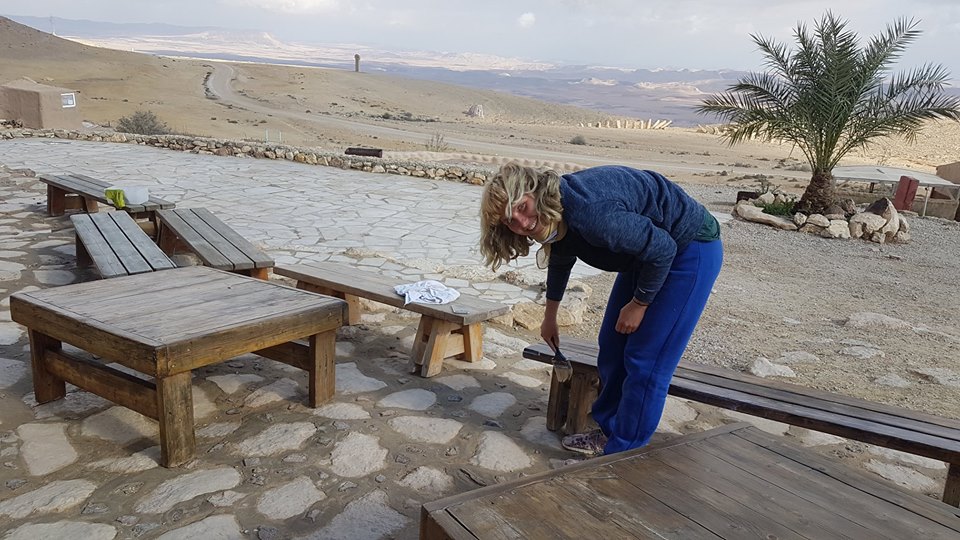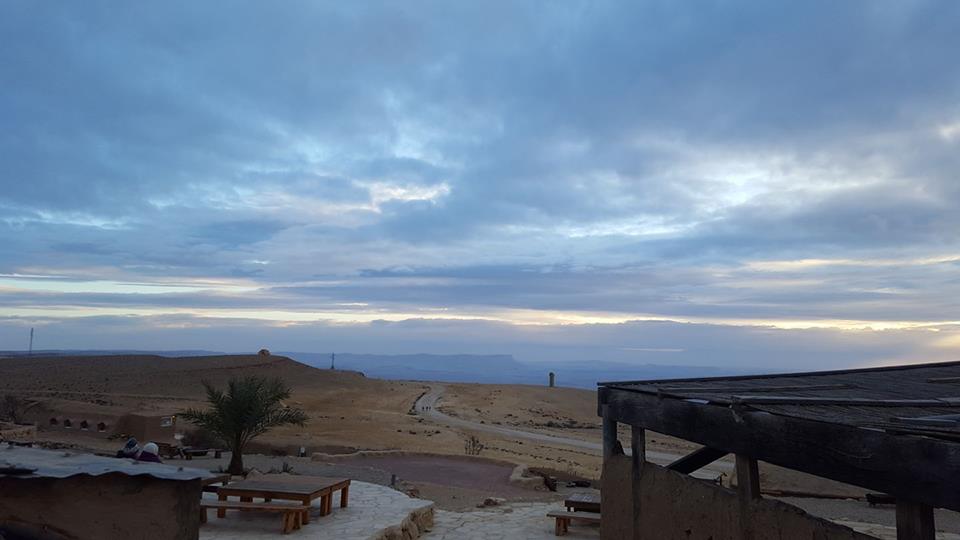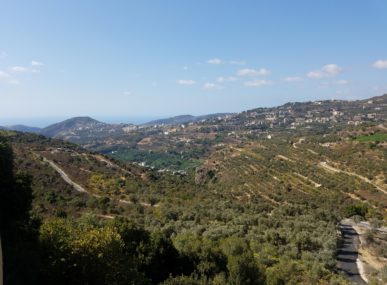Walking up to Desert Shade Eco-Camp, the buildings look like they belong there, grown straight from the sandy, rocky landscape. There’s The Stone Gallery, with huge windows overlooking the crater, where people mix and mingle and sip on morning coffee. Then, scattered through the property are eco-tents, made from recycled products and mud. These special tents regulate temperature naturally in the rugged, high desert climate, staying cool in summer and warm in winter.
Mitzpe Ramon, Israel
Sustainable Tourism
The Ramon Crater in southern Israel is the world’s largest erosion crater or makhtesh; a holdover from the days this part of the world was covered by ocean. The makhtesh is unique to Israel’s Negev and Egypt’s Sinai deserts, and is 500-meter deep and 40-kilometer long. The landscape looks otherworldly, the rocks and sandy hills reminiscent of the moon. But just steps away from this magnificent crater is an eco-camp called Desert Shade, where people from around the world come to reside in a silent, stark, and living desert.
How Desert Shade came to be:
Desert Shade is the brainchild of Ziv Spector, who founded the camp back in 1989. Prior to that, he had worked at The Society for the Protection of Nature In Israel, and also for solar companies. Then, the desert drew him in.
“The desert is a place to just be,” says Spector. “In the Western world we don’t have a lot of places you can just be, with silence, sunrise and sunset. This is important for everybody. A lot of vacation spots are just about the view, and you sit in your air-conditioned room and look out. People have to feel the sun, the wind, because if not, they are losing nature.”
Nature has always been important to Spector, who grew up on a farm in northern Israel. As a child, he’d play in the fields and tend to the plants, and as a teenager, started taking trips to the desert, which fueled his passion for this bleak but beautiful zone in the southern part of the country.
“You can see far here,” he says. “In the desert, there are no trees to block your view, so you always have the future right there, in front of your eyes.”
Connecting to the history of the region:
There is much to do when visiting this desert camp, from hiking and cycling, to learning about the deep history of the region. Much of what was written in ancient religious texts took place in this part of the world, and people can read lines of the Bible while experiencing the backdrop of those stories.
“When you’re talking about the story of the people of Israel leaving Egypt in Exodus, when you’re talking about the stories of the Spice Route, it all happened here,” says Spector. “When you take people into the desert, you can use the Bible not as a religious book but as a psychology book. It gives you a lot of knowledge on how to behave in the desert.”
Those who want to interact with the locals can go visit members of the Bedouin community.
“The Bedouins are still into their traditions —still raising goats and camels, and part of that is open for tourism,” says Spector. “You read things in the Bible that are still happening in this community. The way they bake their bread hasn’t changed in 3,000 years.”
The impact Desert Shade has on its guests:
Petra Wagner from Germany first went to Desert Shade in 1997, in a caravan of campervans traveling through Israel and Jordan, and since then, she’s returned almost every year to the enjoy the tranquility of the desert.
“My experiences were always amazing,” says Wagner. “I have a very stressful job and in the desert I can recover my energy by sitting in front of the unique panorama of the Makhtesh Ramon crater, or hike and bike along the edge of the crater. I also like to paint near the crater or collect stones and allow myself to feel the creative energy of the place.”
She often stays at Desert Shade for an entire month with her son, and says it’s a great place to find peace and rejuvenation.
“Here, you realize only the simplest things are important,” she says. “Good food. Fresh water. The silence of the desert in the night, the thousands of colors in the crater. Ziv is an excellent expert of the region, and you can learn about an ecological winery, local arts and collaborations with the Bedouins.”
Desert Shade’s growth and plans for the future:
More and more people from around the world are interested in taking time out from their busy city lives to enjoy the serenity of Desert Shade. That, and cheaper airline tickets mean more tourism to the eco-camp. Spector says sometimes, tickets between Europe and Israel are just 40-50 euros each way, which allows people to come for a quick weekend getaway.
“It is amazing, when you’re here in the evening sitting around the fire, looking up at the stars, we are the only ones speaking Hebrew,” says Spector. “Everyone else is speaking languages from around the world.”
He wants to tempt even more people to visit his desert camp by installing “glamping” facilities, for people who want a little more comfort mixed with glamor. He also wants to create tents that are accessible for disabled people.
“When people come here, they appreciate nature even more,” Spector says. “You don’t have to think about protecting it, but appreciating it. When you appreciate a person, you want that person to have a good future, and the same goes for nature.”
To follow Desert Shade’s updates check their website or follow their Facebook page.
Photos: Courtesy of Desert Shade.








